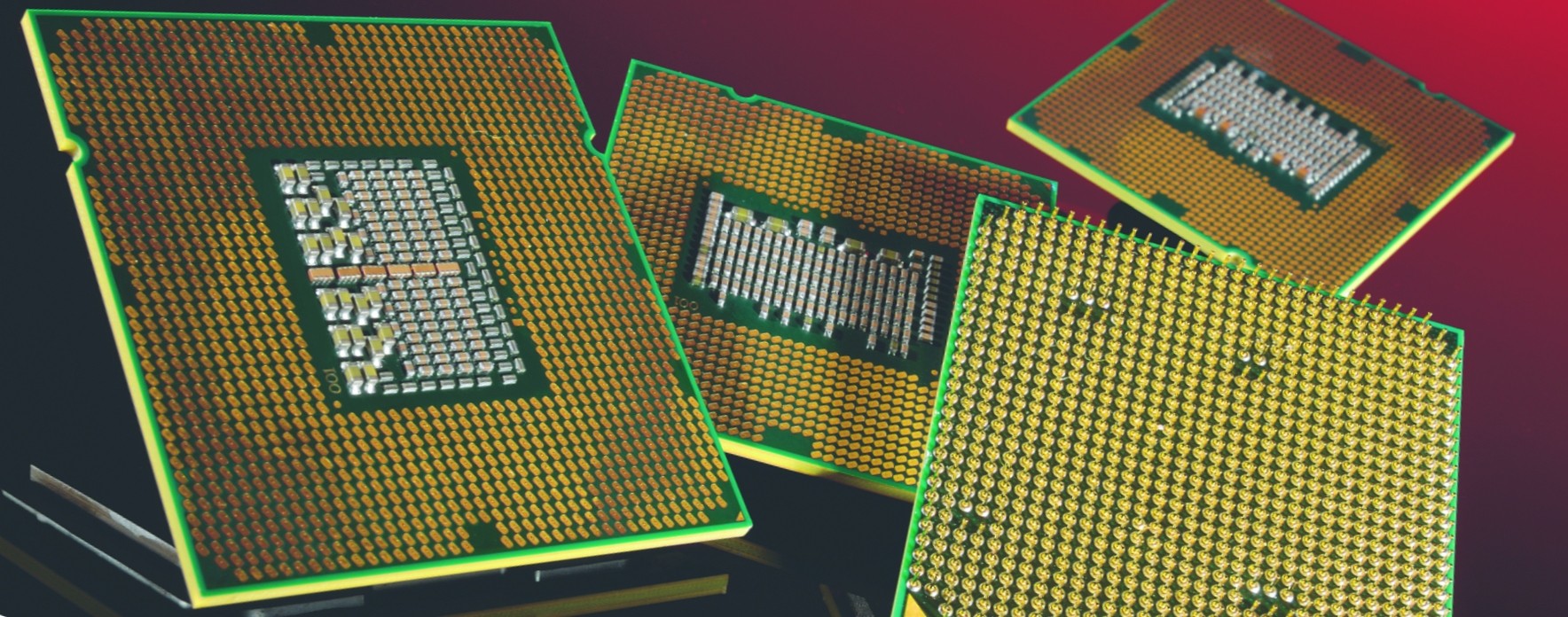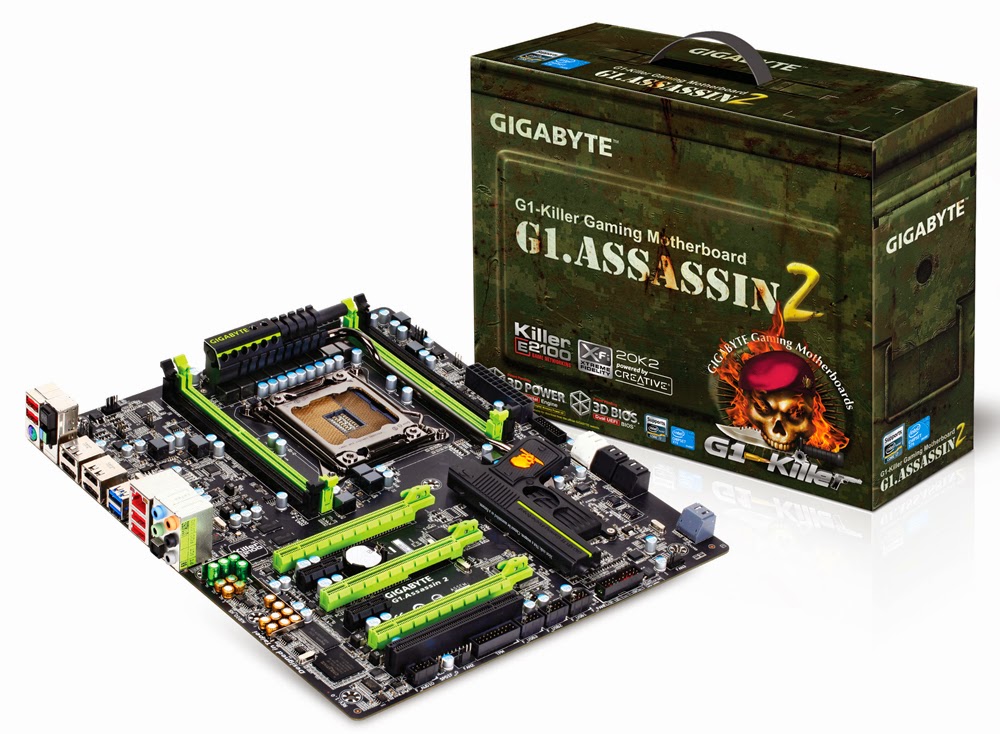

If you see them, then your processor is 64 bit capable. Look for the instruction set called AMD64 or EM64T. Click the CPU tab and look in the Instructions field. You can determine if your processor is 64-bit capable by using a free tool called CPU-Z. Once you have confirmed this, you can move on to the next step. In my case, I have a 64-bit capable processor. Look under System > System type, and there it will list whether the processor is 圆4 based or not. Press Windows key + X to bring up the hidden quick access menu and select System. If you’re already running a 32-bit version of Windows 8 or later on your system, you can find out by doing the following:

Switching Between 32-bit Windows 10 to 64-bit Is My Computer 64-bit Capable?īefore you can start migrating to 64-bit, you need to find out if your system is capable.
#INTEL DRIVERS FOR WINDOWS 7 32 BIT INSTALL#
Also, there is no upgrade path to move from the 64 to 32-bit version…clean install only. Also, there is no 16-bit subsystem in Windows 10 64-bit, which means your applications must be 32 or 64-bit only. You’ll need 64-bit device drivers for any hardware device. Compatibility is a critical consideration if you decide to switch to 64-bit Windows 10. You will need to back up your personal files, reinstall software applications, and reinstall hardware drivers. The entire process is a clean install only. Note: There is no in-place upgrade path from 32-bit versions of Windows to Windows 10 64-bit.


 0 kommentar(er)
0 kommentar(er)
